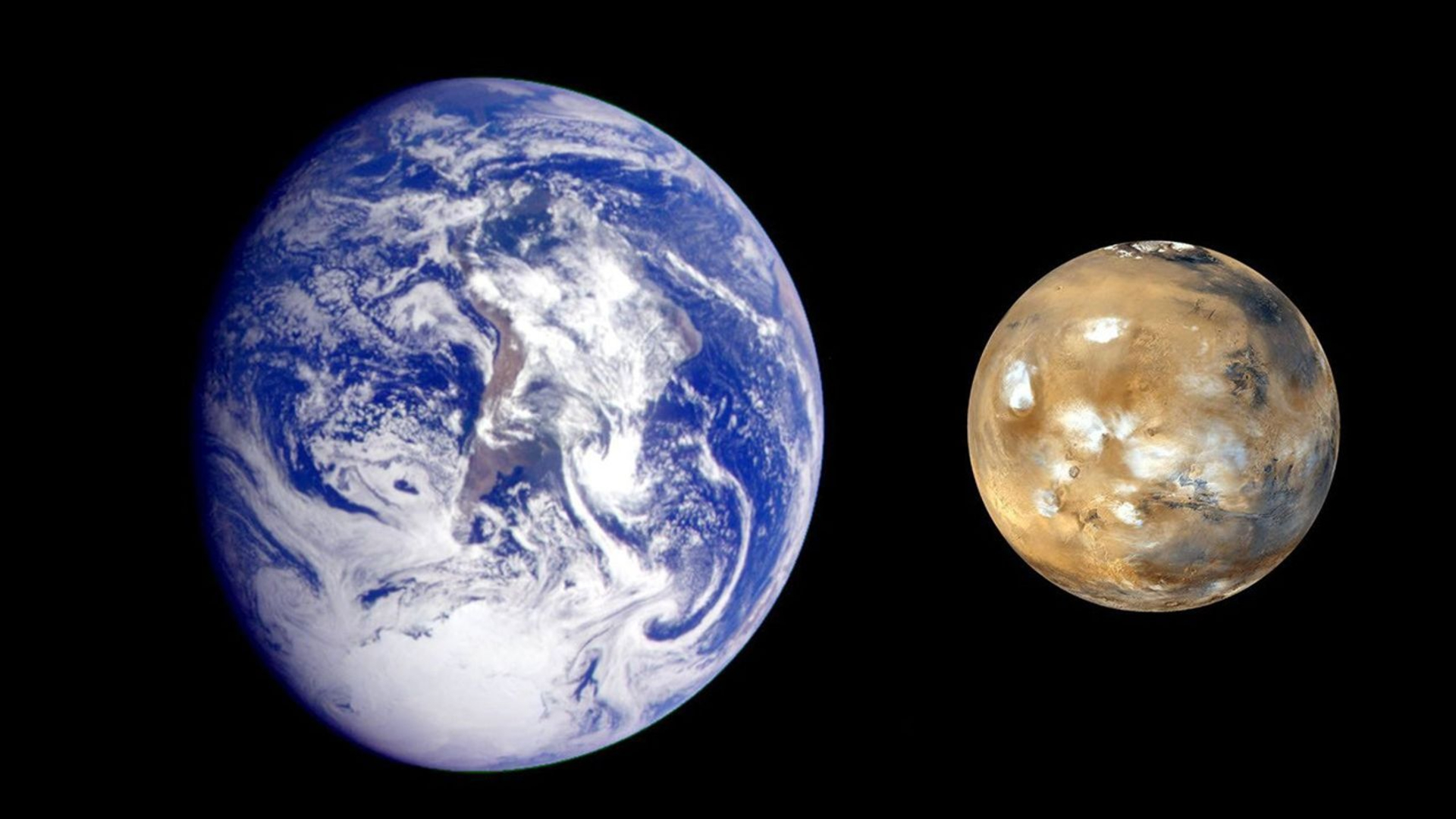Spacewalkers complete penultimate set of battery upgrades for space station
Two NASA astronauts have completed the second-to-last set of battery replacements outside of the International Space Station, advancing a multi-year project to upgrade the power system for the orbiting laboratory.
Expedition 63 commander Chris Cassidy and Bob Behnken, who launched on SpaceX's Crew Dragon spacecraft in late May, conducted their second spacewalk together on Wednesday (July 1), five days after beginning the battery swap work for one of two power channels on the station's far starboard (S6) truss still needing to be upgraded.
The spacewalk began at 7:13 a.m. EDT (1113 GMT) as Cassidy and Behnken switched their spacesuits to internal power.
Video: NASA spacewalkers work outside space station to swap batteries
In photos: The Expedition 63 mission to the International Space Station
Working alongside a pallet supported by the station's Canadarm2 robotic arm, the astronauts retrieved and installed one more lithium-ion battery and one more adapter plate, adding to the two new batteries and two adapter plates they put into place on June 26. The spacewalkers also removed the sixth and last, older nickel-hydrogen battery, stowing it on the pallet for its disposal.
Each new battery measures about half the size of a refrigerator, or 40 inches long by 37 inches wide by 19 inches high (101 by 94 by 48 centimeters). The old nickel-hydrogen batteries weigh 365 lbs. (165 kilograms) each. The lithium-ion replacements weigh 428 lbs. (194 kg).
As the new batteries have more capacity, one lithium-ion battery (and one adapter plate) can replace two nickel-hydrogen batteries. Since January 2017, astronauts have been working to upgrade each of the station's eight power channels with three lithium-ion batteries in place of their original six nickel-hydrogen batteries.
Breaking space news, the latest updates on rocket launches, skywatching events and more!
Related: Spacewalk photos: International Space Station gets a power upgrade
The new batteries have been delivered to and disposed by Japan's H-II Transfer Vehicles (HTV), the latest and last of which arrived at the space station in May.
Cassidy and Behnken's work on Wednesday completed the battery upgrade to the station's IB power channel, leaving only the 3B channel for a future set of two spacewalks. Flight controllers at NASA's Mission Control Center in Houston verified that the new battery was operational.
Having achieved the primary task of the extravehicular activity (EVA), the astronauts then turned to accomplishing several "get-aheads." First, they loosened the bolts holding down the final set of nickel-hydrogen batteries and relocated footholds to prepare for the next pair of spacewalks planned for later this month.
The duo then split up, heading to separate parts of the space station. Cassidy routed new power and ethernet cables on the S3 truss to prepare for the installation of a new external wireless communications system. The power and data running through the cables will support an enhanced high-definition (HD) camera and increase coverage area for future spacewalkers' helmet-mounted wireless cameras.
Behnken, meanwhile, headed to the end of the starboard truss to remove a no longer needed device called an "H-Fixture" from the base of one of the solar array masts, which was installed before the array was launched. The removal, though, did not go as planned.
"I've been putting about as much force as I can into it to try to pull it off, but it is not interested in coming off," Behnken reported to Mission Control after trying to use several tools to pry the fixture from the mast. "I think the best answer may be a longer tool inserted into the tether point — although that might break the tether point off. I can pull on it pretty good, but it is really not moving at all."
"We don't think there is anything else we can do to get it off, so we will have to reassess for future EVAs," replied astronaut-capcom Jasmin Moghbeli, calling off the removal attempt from the ground.
Giving up on the H-Fixture's removal, Behnken then reunited with Cassidy on the S3 truss to help in routing the new ethernet cable before they both headed back to the Quest airlock to head inside the space station. The spacewalk came to an end at 1:14 p.m. EDT (1714 GMT) after 6 hours and 1 minute.
Related: The International Space Station: inside and out (infographic)
Wednesday's spacewalk was the 229th in support of space station assembly and maintenance. It was the eighth spacewalk for both astronauts.
Cassidy now has spent a total of 43 hours and 22 minutes and Behnken has spent a total of 49 hours and 41 minutes spacewalking.
Robert Pearlman is a Space.com contributing writer and the editor of collectSPACE.com, a Space.com partner site and the leading space history news publication. Follow collectSPACE on Facebook and on Twitter at @collectSPACE. Follow us on Twitter @Spacedotcom and on Facebook.

Robert Pearlman is a space historian, journalist and the founder and editor of collectSPACE.com, a daily news publication and community devoted to space history with a particular focus on how and where space exploration intersects with pop culture. Pearlman is also a contributing writer for Space.com and co-author of "Space Stations: The Art, Science, and Reality of Working in Space” published by Smithsonian Books in 2018.
In 2009, he was inducted into the U.S. Space Camp Hall of Fame in Huntsville, Alabama. In 2021, he was honored by the American Astronautical Society with the Ordway Award for Sustained Excellence in Spaceflight History. In 2023, the National Space Club Florida Committee recognized Pearlman with the Kolcum News and Communications Award for excellence in telling the space story along the Space Coast and throughout the world.



